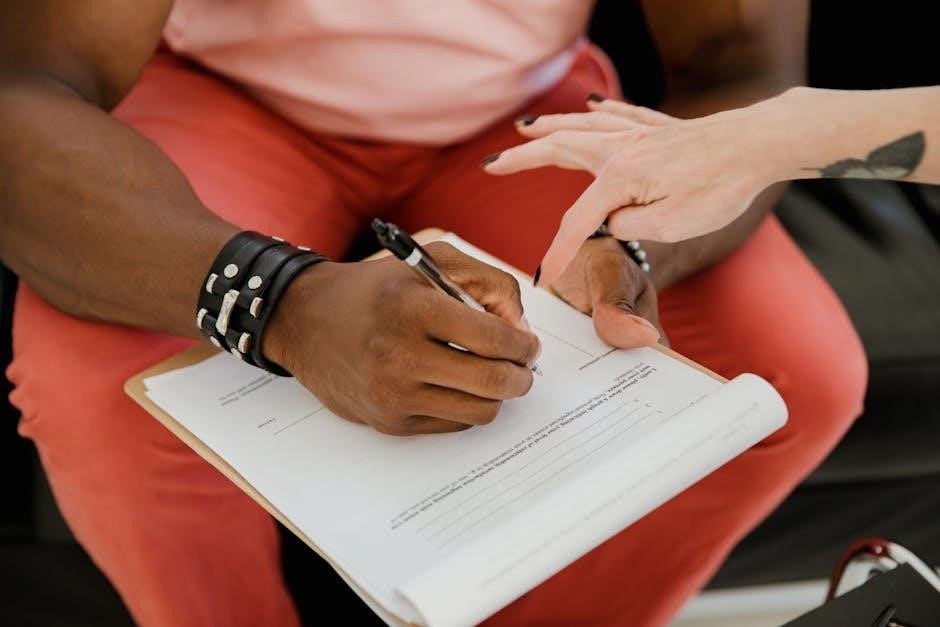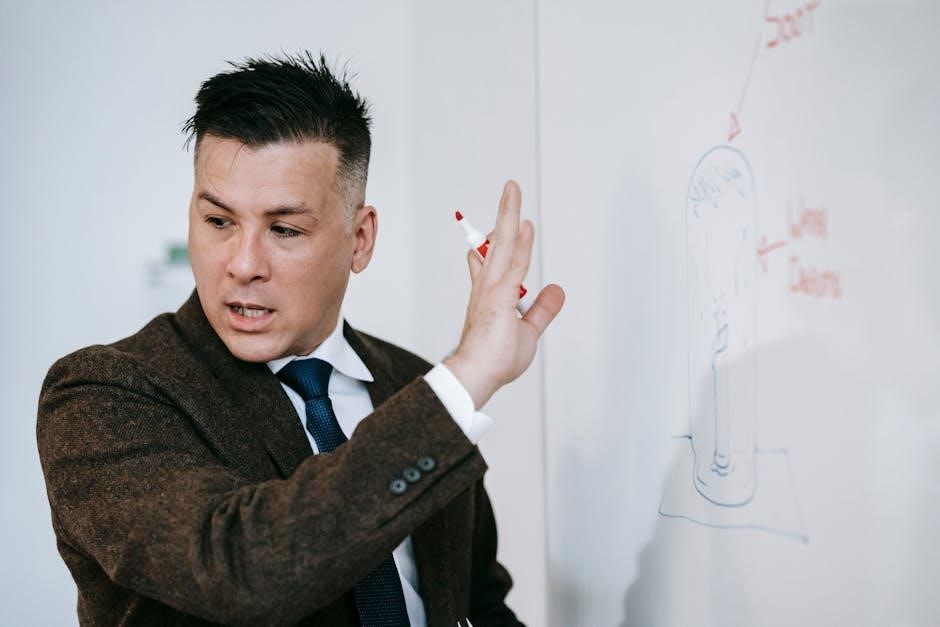MYNT3D Pen Instructions: A Comprehensive Guide
Whether you’re a beginner or an experienced user, the MYNT3D pen offers a fantastic way to unleash your creativity. This comprehensive guide provides detailed MYNT3D pen instructions. It covers everything from understanding the pen’s components to advanced techniques and project ideas, so you can get the most out of your MYNT3D pen.
Getting Started with Your MYNT3D Pen
Welcome to the exciting world of 3D pen art! Before you dive into creating amazing three-dimensional sculptures, it’s essential to familiarize yourself with the basics. This section will guide you through the initial steps to get your MYNT3D pen up and running, ensuring a smooth and enjoyable experience.
First, unpack your MYNT3D Super 3D Pen kit carefully. Ensure that all the components are present, including the 3D pen itself, the A/C adapter, and a selection of PLA plastic filament colors. Take a moment to inspect each item for any damage. Locate the user manual; it contains valuable information about the pen’s features and operation.
Next, connect the A/C adapter to a suitable power outlet. Then, plug the adapter into the designated port on your MYNT3D pen. Once connected, turn on the pen by pressing the power button. The LED indicator will illuminate, signaling that the pen is powered on and beginning to heat up. The pen will start heating up, preparing it for loading the filament and bringing your imagination to life.
Identifying the Components of the MYNT3D Pen Kit
To make the most of your MYNT3D pen, it’s crucial to understand each component and its function. Familiarizing yourself with the different parts will enable you to operate the pen effectively and troubleshoot any issues that may arise. Let’s explore the key components of your MYNT3D pen kit.
The MYNT3D pen itself is the core of the kit. It houses the heating element, extrusion mechanism, and control buttons. Pay attention to the pen’s ergonomic design, which ensures comfortable handling during extended use. The nozzle is where the melted filament exits, forming the 3D structure. Be extremely cautious when handling the nozzle as it can become very hot during operation.
The kit also includes an A/C adapter and USB power cable, providing the necessary power to operate the pen. The filament, typically ABS or PLA plastic, is the material that will be extruded to create your 3D designs. Some kits may also include a pen stand for safe storage and a small plastic screwdriver for maintenance, such as removing the service door.
Powering On and Preparing the Pen for Use
Before diving into the creative process, it’s essential to properly power on and prepare your MYNT3D pen. This ensures safe and efficient operation. Begin by connecting the A/C adapter to a suitable power outlet. Then, connect the adapter to the 3D pen using the USB power cable.
Once connected, press the power button on the pen. The LED indicator will illuminate, signaling that the pen is powering on. Allow the pen a few moments to heat up. The heating process is indicated by a flashing light or a changing display, depending on your specific model. Refer to your user manual for precise indicators.
Once the pen reaches the optimal temperature, the indicator light will become solid, or the display will indicate readiness. Avoid touching the ceramic nozzle during the heating process, as it becomes extremely hot and poses a burn hazard. With the pen powered on and heated, you’re now ready to load the filament.
Loading Filament into the MYNT3D Pen
Loading filament correctly is crucial for smooth operation. First, ensure your MYNT3D pen is powered on and has reached the optimal temperature for the type of filament you’re using (ABS or PLA). Select your desired filament color and carefully straighten the end to facilitate easy insertion.
Locate the filament loading hole on the pen. Gently insert the straightened filament end into the hole. You might feel slight resistance as the pen’s internal mechanism engages the filament. Press the filament load button; this activates the pen’s internal motor, which pulls the filament further into the pen.
Continue pressing the load button until you see melted plastic extruding from the nozzle. This indicates that the filament has successfully passed through the heating chamber and is ready for use. If the filament doesn’t load smoothly, double-check that the pen is at the correct temperature. You can also try gently pushing the filament while pressing the load button. Avoid forcing the filament, which may cause damage to the pen.
Adjusting Temperature and Speed Settings
The MYNT3D pen offers adjustable temperature and speed settings, allowing you to fine-tune the extrusion process for different filaments and project requirements. Understanding these settings is key to achieving optimal results.

Temperature control is crucial as ABS and PLA filaments require different temperatures to melt properly. Refer to your MYNT3D pen’s user manual for the recommended temperature ranges for each filament type. Use the temperature control buttons, typically marked with “+” and “-” symbols, to adjust the temperature accordingly. Allow a few moments for the pen to reach the desired temperature before proceeding.
Speed settings control the rate at which the filament is extruded. A slower speed is ideal for intricate details and precise lines, while a faster speed is suitable for filling larger areas quickly. Experiment with different speed settings to find what works best for your project. Some MYNT3D pens have a speed control slider or buttons that allow you to adjust the speed in real-time as you’re drawing. Start with a slower speed and gradually increase it until you achieve the desired flow rate.
Basic Operation: Extruding and Creating 3D Objects
Once your MYNT3D pen is powered on, heated, and loaded with filament, you’re ready to start creating! The basic operation involves extruding the melted filament and guiding it to form your desired shapes. Begin by holding the pen comfortably, like a regular writing instrument.
Press the extrusion button to start the flow of melted filament from the nozzle. Gently move the pen across your work surface, creating lines, curves, and other shapes. Control the thickness of the extruded line by adjusting the pen’s speed and the distance between the nozzle and the surface. For a thicker line, move the pen more slowly and hold the nozzle closer to the surface. For a thinner line, move the pen more quickly and hold the nozzle slightly further away.
To create 3D objects, build upon your initial shapes by layering extruded filament on top of each other. Allow each layer to cool and solidify slightly before adding the next layer to ensure stability. Experiment with different techniques, such as drawing in the air to create free-standing structures or using stencils as guides. Remember to release the extrusion button to stop the flow of filament when you’re finished with a line or shape.
Troubleshooting Common Issues: Nozzle Clogs and Heating Problems

Like any tool, the MYNT3D pen can sometimes encounter issues. Two common problems are nozzle clogs and heating difficulties. A clogged nozzle can prevent filament from extruding smoothly, or at all. This often happens due to debris or partially melted filament accumulating in the nozzle;
To resolve a clog, first, ensure the pen is heated to the correct temperature for the filament type. Then, try using the pen’s reverse or unload function to pull the filament back out. If that doesn’t work, carefully use the provided cleaning tool or a thin needle to gently clear any obstructions from the nozzle tip. If the clog persists, consider disassembling the nozzle for a more thorough cleaning, following the manufacturer’s instructions.
Heating problems can manifest as the pen not reaching the desired temperature or fluctuating erratically. Ensure the power adapter is securely connected and the outlet is functioning correctly. If the pen still fails to heat properly, it could indicate a faulty heating element or temperature sensor. In such cases, contacting MYNT3D customer support for assistance or a replacement may be necessary. Regularly cleaning and maintaining your pen can help prevent these issues and prolong its lifespan.
Changing Filament and Colors
One of the most exciting aspects of using a MYNT3D pen is the ability to create vibrant, multicolored 3D art. However, switching between filaments and colors requires a specific procedure to avoid jams or damage to the pen. Before changing filaments, ensure the pen is heated to the appropriate temperature for the currently loaded material.
Initiate the unload function by pressing and holding the filament unload button. This will retract the existing filament from the nozzle. Gently guide the filament out as it retracts, avoiding any sudden pulls that could cause breakage inside the pen. Once the old filament is completely removed, cut the tip of the new filament at a clean angle to facilitate smooth insertion.

Select the correct filament type (ABS or PLA) on the pen’s settings. Then, insert the new filament into the designated loading port. Press the filament load button to start the feeding process. Gently push the filament until you feel it being drawn into the pen’s mechanism. Continue loading until the new filament begins to extrude smoothly from the nozzle, indicating that the color change is complete. Minor color mixing may occur temporarily.
Safety Precautions and Best Practices
Using a MYNT3D pen is a rewarding experience, but it’s crucial to prioritize safety. The pen’s nozzle heats up significantly, posing a burn hazard. Never touch the nozzle or molten plastic during operation. Always use the pen in a well-ventilated area to minimize exposure to fumes from heated filaments. Keep the pen away from flammable materials.

When not in use, place the pen on its stand to prevent accidental contact with surfaces. Unplug the pen when changing filaments or performing maintenance. Children should always be supervised by adults when using the MYNT3D pen. For best results, use only high-quality filaments recommended by MYNT3D.
Avoid forcing filament into the pen, as this can cause jams or damage. Regularly clean the nozzle to prevent clogs. Store filaments in a cool, dry place to maintain their quality. Before starting any project, familiarize yourself with the pen’s controls and settings. Take breaks during extended use to prevent fatigue. By following these safety precautions and best practices, you can enjoy the MYNT3D pen safely and effectively.
Advanced Techniques and Project Ideas
Once you’ve mastered the basics of the MYNT3D pen, you can explore advanced techniques to elevate your creations. Experiment with layering different colors and textures to add depth and realism to your 3D models. Try using stencils or molds to create complex shapes with ease. Explore techniques like “drawing in the air” to build intricate structures without support.
Consider using the pen to repair or customize existing objects. You can also create unique jewelry, accessories, or home decor items. If you’re an artist or designer, use the MYNT3D pen to prototype your ideas in three dimensions. Architectural models, sculptural pieces, and artistic renderings are all within reach.
For project ideas, explore online communities and tutorials for inspiration. Try creating miniature figurines, personalized phone cases, or even wearable art. Combine your 3D pen creations with other materials like fabric, wood, or metal to create mixed-media masterpieces. With practice and experimentation, the possibilities are endless. Remember to share your creations and inspire others to explore the creative potential of the MYNT3D pen.